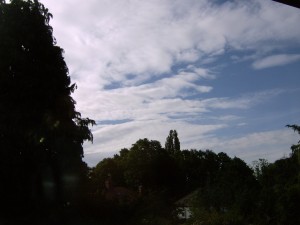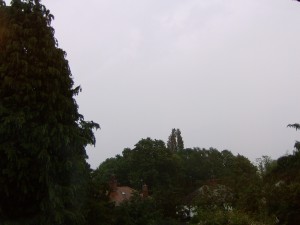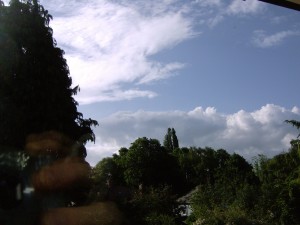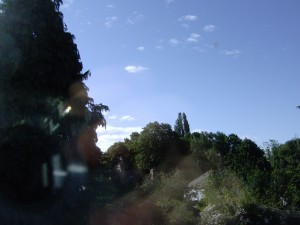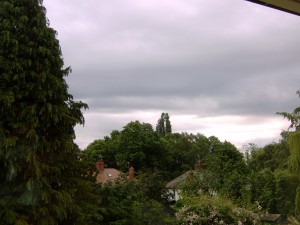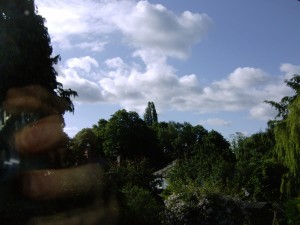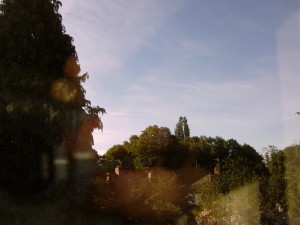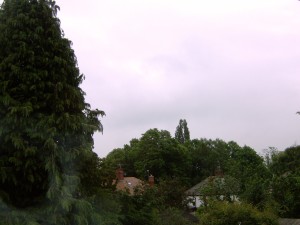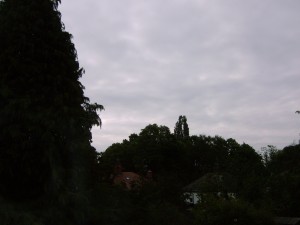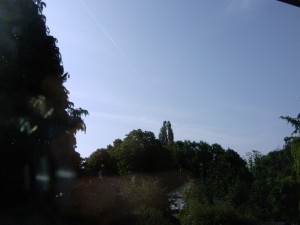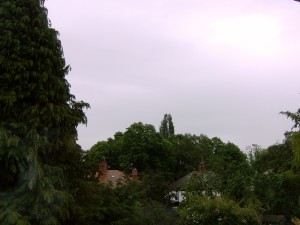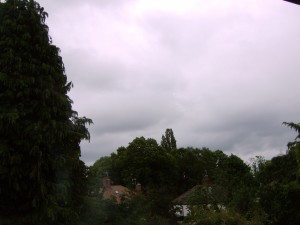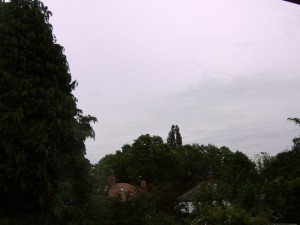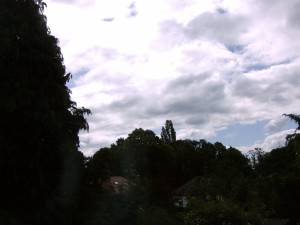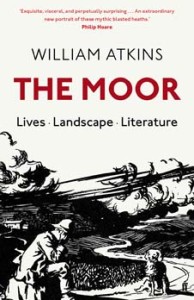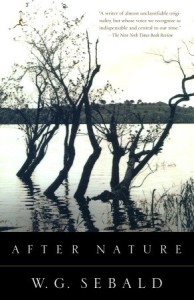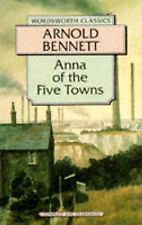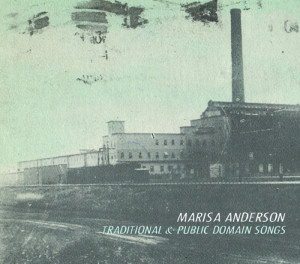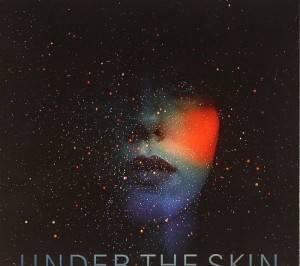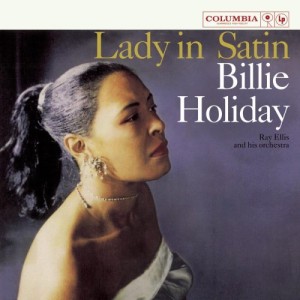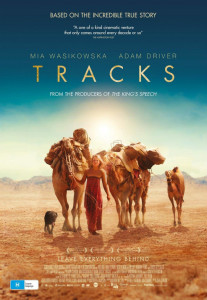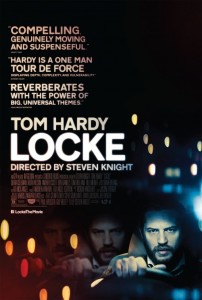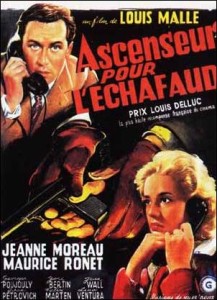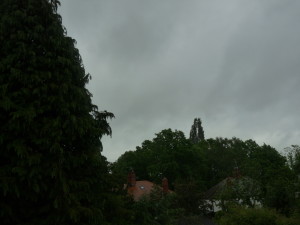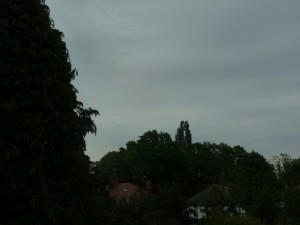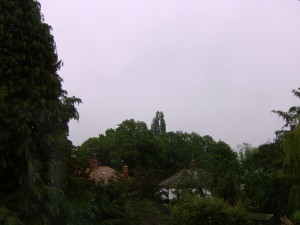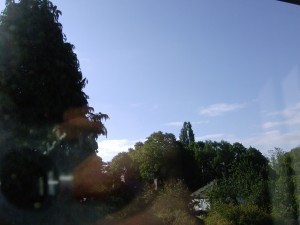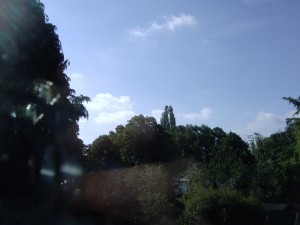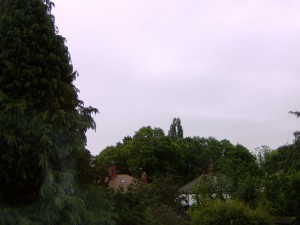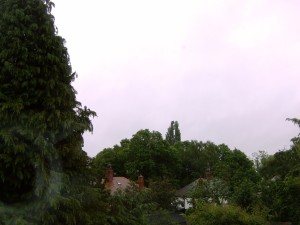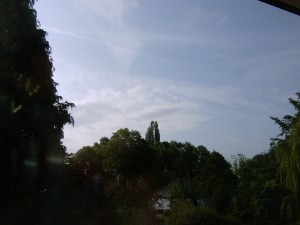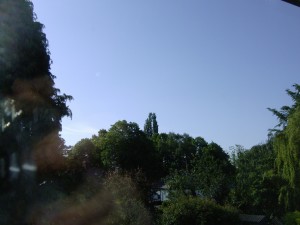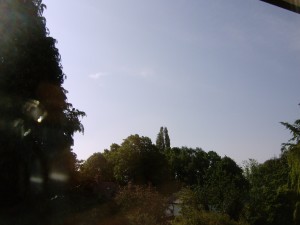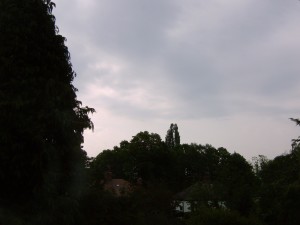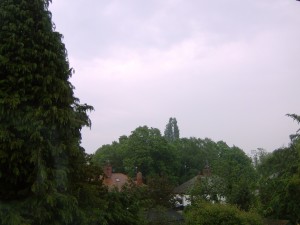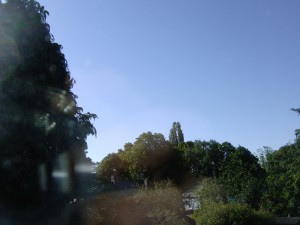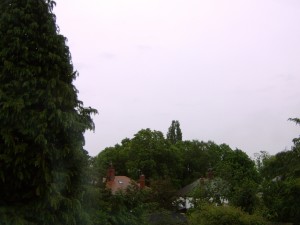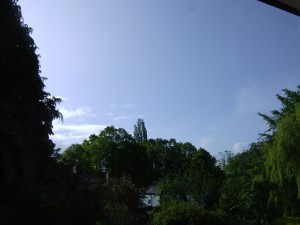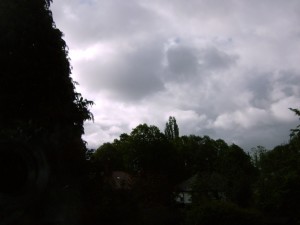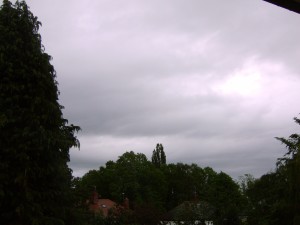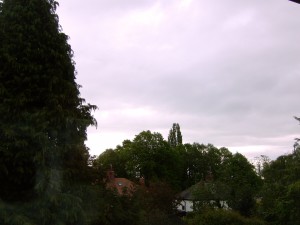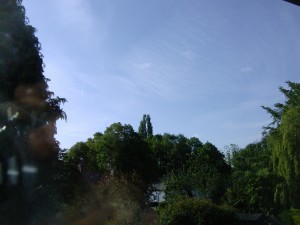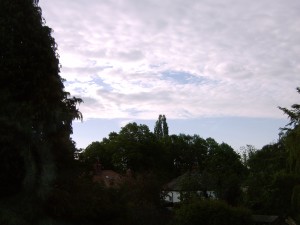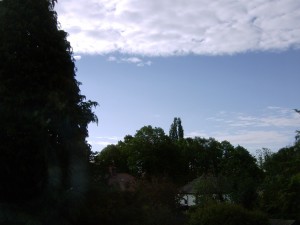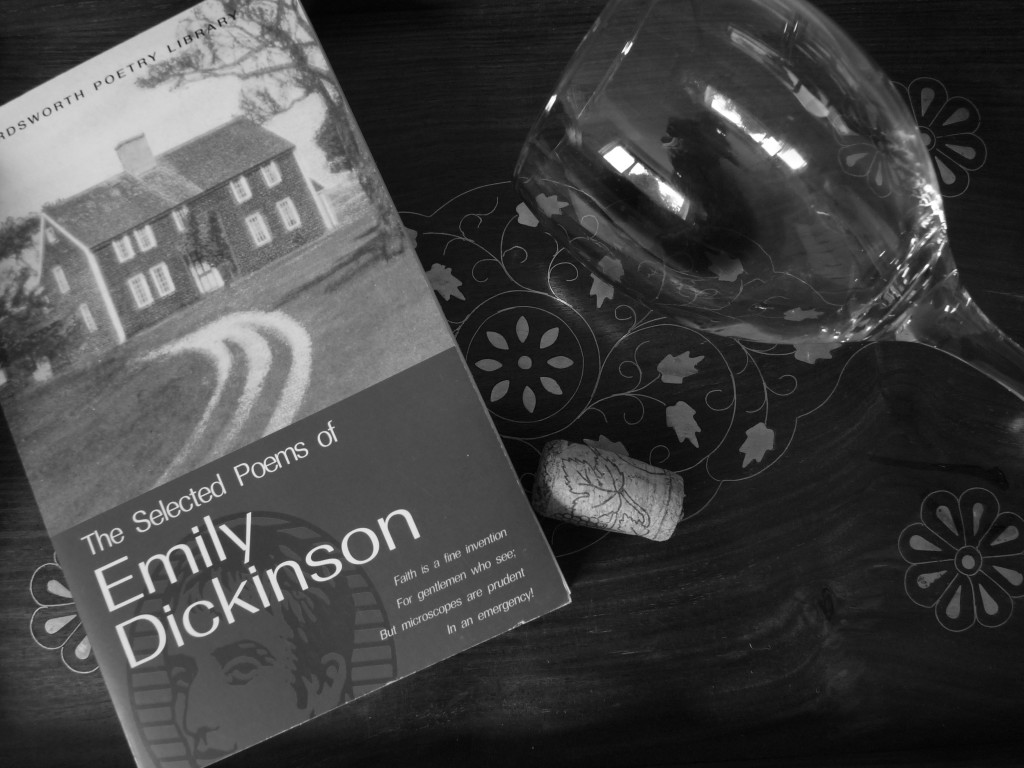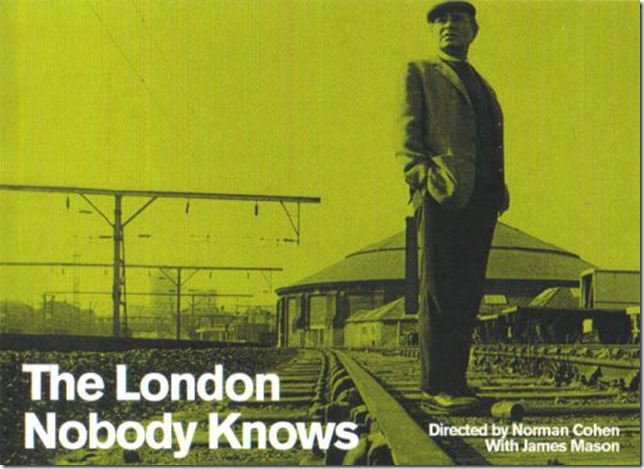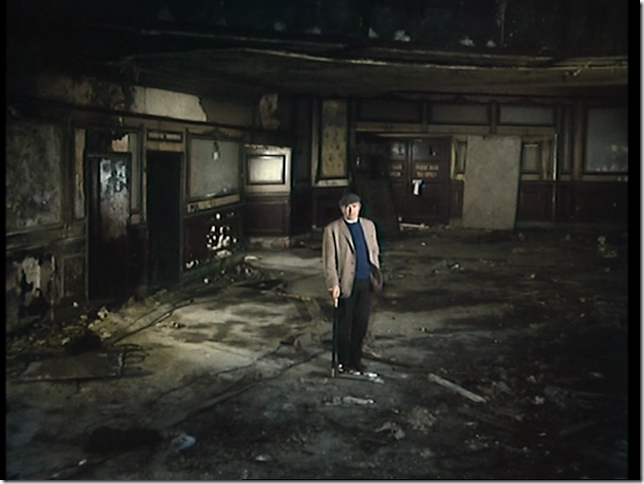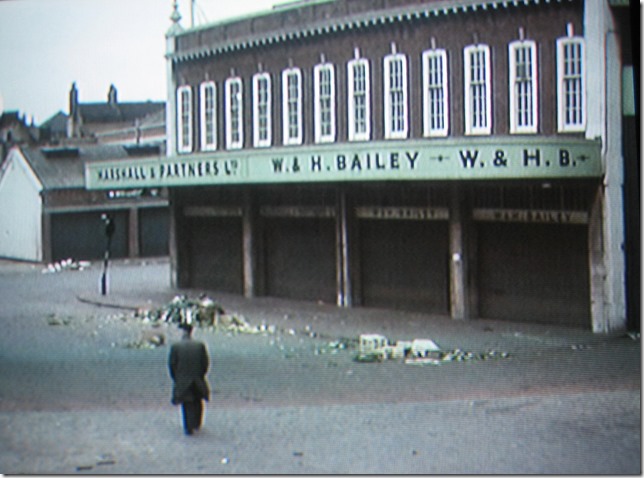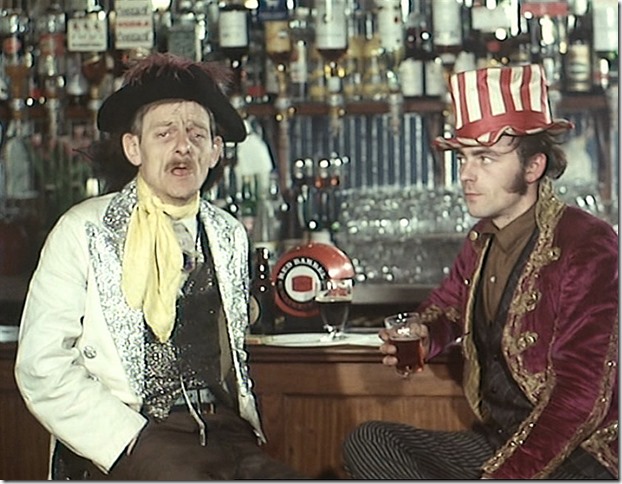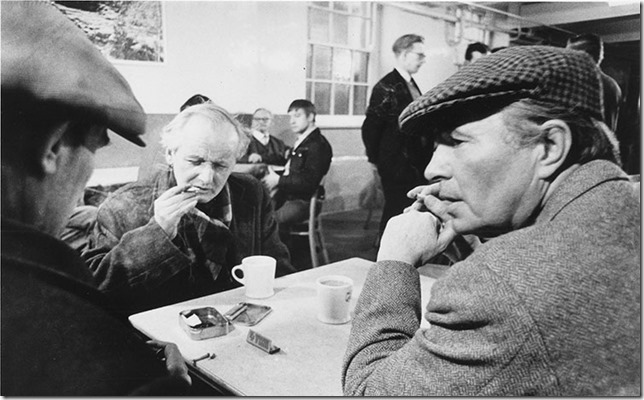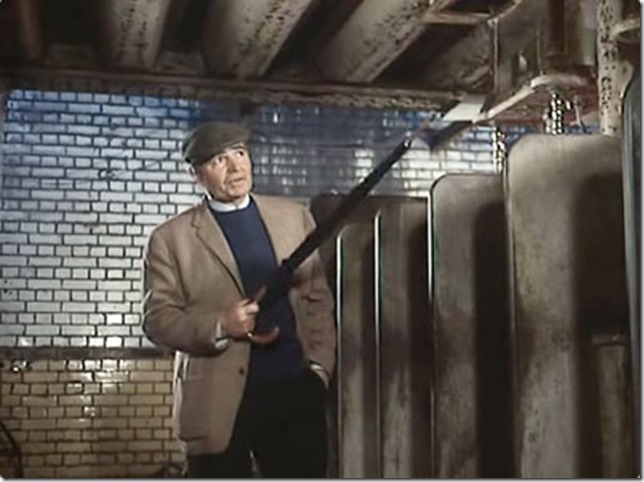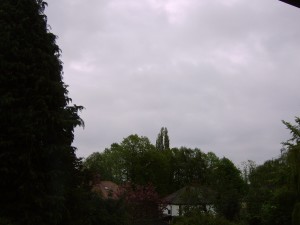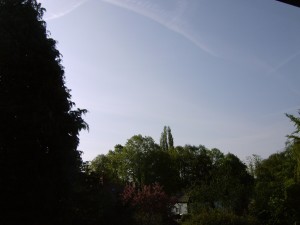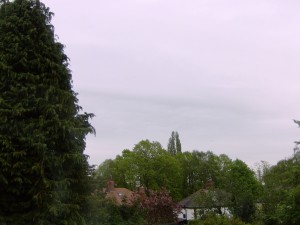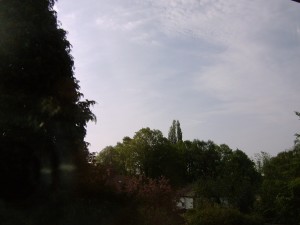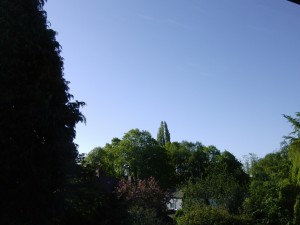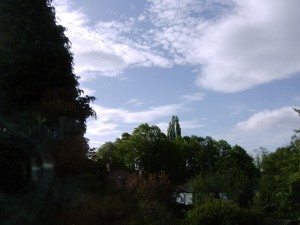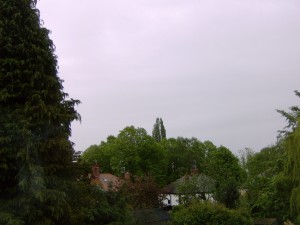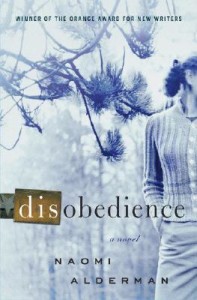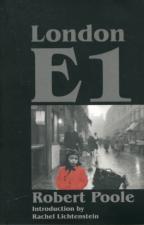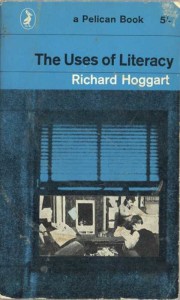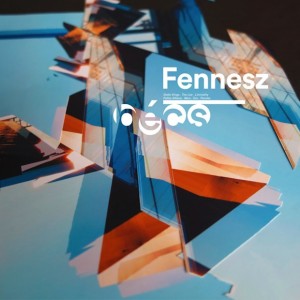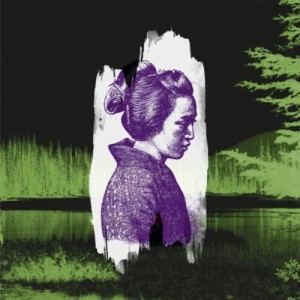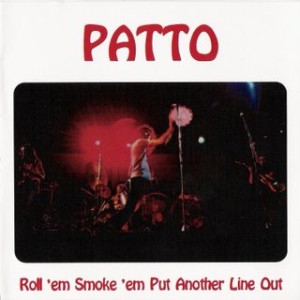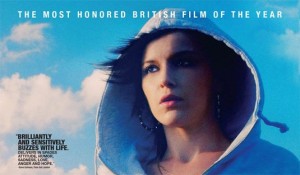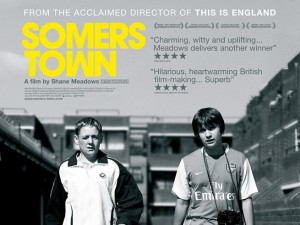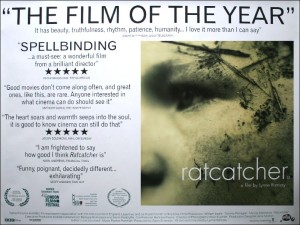One Year is a project through which I intend to construct a daily photographic record of a single view: the view from my study window at around 8.00a.m. each day when I sit down to work. One Year will annotate each picture with a note of the weather for that morning and the morning’s main news headline from the BBC News site. In addition, there will be a note taking a key sentence or two from my daily journal.
Sunny intervals
Leaders gather for D-Day anniversary
But the huge expanse of sand he had walked over was now gone. In its place, but for the odd sandbank, was an expanse of grey water
Heavy rain
Ukraine’s Poroshenko to be sworn in
Time is doing strange things,’ said Captain Metcalfe to his Mate as he struggled to hold a steady course while he steered the ship up the estuary
Sunny intervals
Gove apologises over row with May
He stood up straight and pulled back his shoulders, as if willing himself to be decisive
Light rain shower
‘Gunfire resumes’ at Karachi airport
The cliff was the colour of terracotta plant pots and was made up of countless weathered slabs
Sunny
Divide over ‘no notice’ school checks
Out of context one might call my pictures crap. I call them unique, original
Sunny
Tens of thousands flee Iraq’s Mosul
The question hung in his mind; an echo of doubt
Sunny
UN condemns Iraqi militant attacks
But if you knew they were just voices inside your head, and not something that was real, not another person with their own existence, did that mean you were alright?
Artist Statement
… “natural history” has no actual existence other than through the process of human history, the only part which recaptures this historical totality, like the modern telescope whose sight captures, in time, the retreat of nebulae at the periphery of the universe.
Guy Debord – Society of the Spectacle
The purpose of this project is to explore continuity and change. Over the course of a year, I will build up a daily visual record of the same view. Despite my best efforts, though, I will not be able to replicate the ‘same’ view each day: it is subject to changes in the environment, such as the weather or the time the sun rises. But it is also affected by changes caused by me, the observer. For instance, my feelings that morning may change the way I hold the camera or, inadvertently, the image may show my breath on the glass from getting too close to the window.
Looking out at the view on this, the first morning of One Year, I see a scene comprising sky, trees and rooftops. I don’t see much evidence of human activity just yet, but that may come later in the year when the leaf cover begins to thin out. Being on a flight path, we also see the odd vapour trail or aeroplane light in the sky too.
Some of the changes that will become evident will be pretty obvious, such as the seasons. Other changes will be more subtle. My daily notes will give some insight into what is going on inside my head that morning, from my journal entry, and there will also be a record of what is happening in the world in general, from the news headline.
But the ‘view’ I am recording in One Year is not neutral, it is selected and framed by me. Similarly, my journal extracts are selected from a much larger body of work; it is the ‘insight’ into my thinking that I choose to present. Even the ‘news headline’ cannot be regarded as neutral, for it is subject to BBC editorial bias.
But there is a third party in the One Year process, one that is outside of my control. That person is you, the reader of this blog, the interested observer of the project. I want people to bring their own interpretations, views and insights to this project. All comments received will be reproduced in my weekly project reports.

